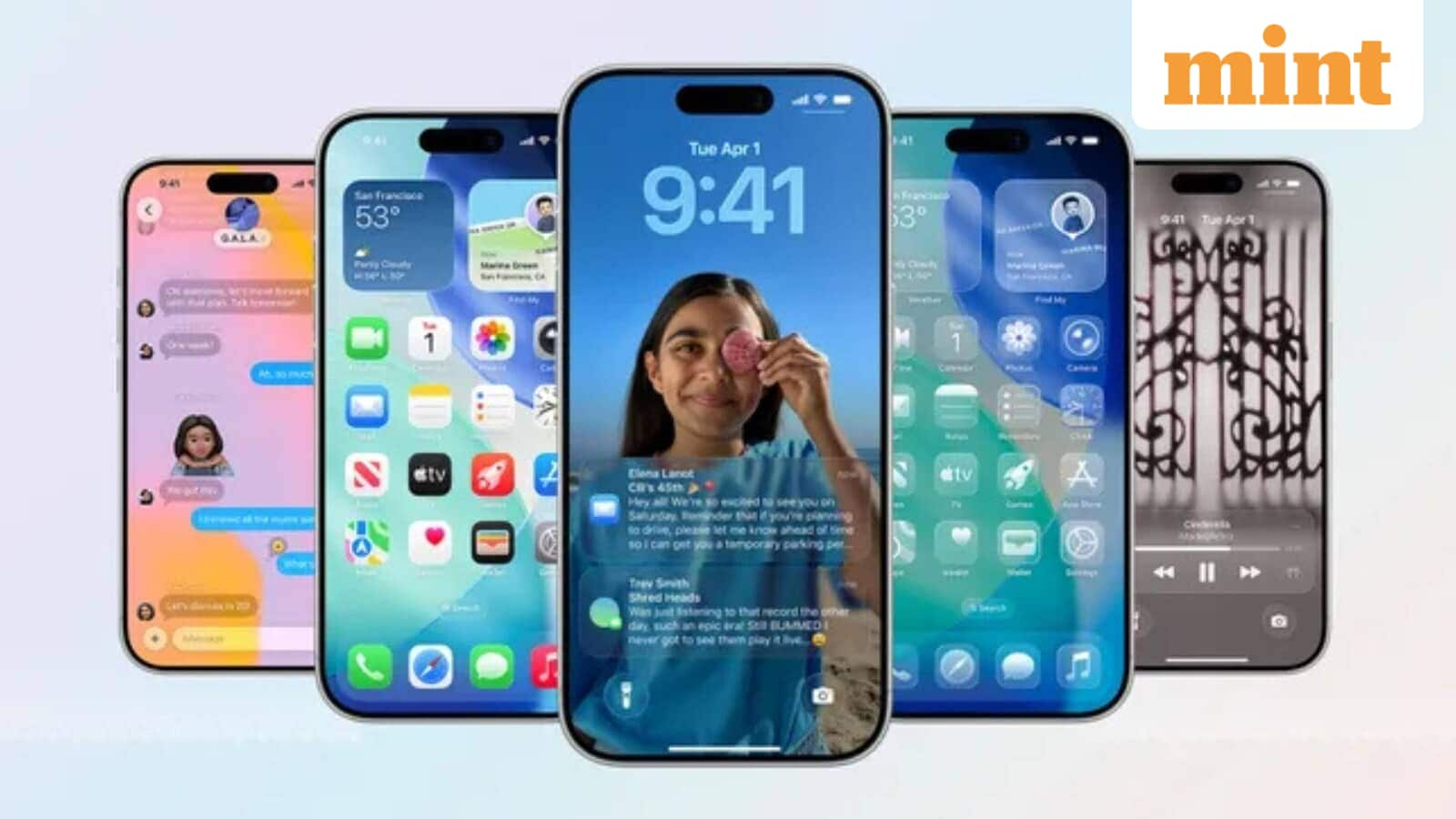Apple iOS 26 brings Visited Places to Apple Maps, tracking where you go: How to disable the feature

Apple’s latest iOS 26 update has introduced a new feature in Maps called Visited Places, designed to automatically log locations users have travelled to. While the tool promises to make it easier to rediscover favourite spots or share recommendations with friends, it has also sparked discussion around privacy.
How Visited Places feature works
The feature, which is switched on by default when users opt in at first launch, stores a record of where you’ve been and categorises locations under labels such as restaurants, shops or transport stops. Apple stresses that the information is end-to-end encrypted, meaning the company cannot access the data, and that it synchronises securely across devices signed into the same Apple ID.
Maps users can search their history by name, date or category, attach personal notes to locations and even group them into custom guides. But for those who would rather not leave a digital trail of their movements, the option to disable Visited Places is available in the Settings app.
How to disable the Visited Places feature in iOS 26?
To turn it off, iPhone owners need to head to Settings → Apps → Maps → Location and toggle off Visited Places. The same switch can also be found under Privacy and Security → Location Services → Maps.
For anyone wishing to remove the data already stored, Apple has included a history management tool directly within the Maps app. By navigating to Places → Visited Places, users can either select how long visits are kept—three months, one year or indefinitely—or choose to erase their entire record by tapping Clear History → Clear All. Individual entries can also be deleted from the list.
The iOS 26 update is available for iPhone 11 and later models, as well as the second-generation iPhone SE and newer. The full list includes the iPhone 12, 13, 14, 15 and 16 series, along with the newly launched iPhone 17 series and iPhone Air.




